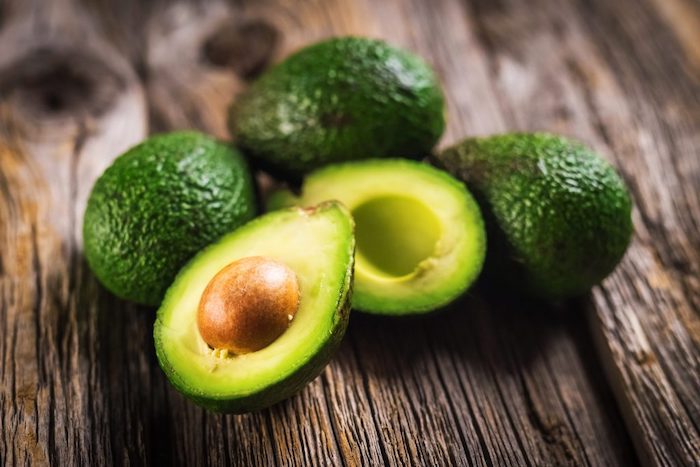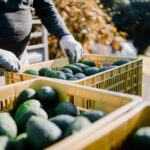Peruvian avocado growers gather to control fruit flies

A group of Peruvian avocado producers has organized through agricultural health committees (COSAGRA) and local authorities to improve the phytosanitary quality of avocado production in the Huancavelica region, facilitating certification and export.
The Peruvian National Agricultural Health Service (SENASA) reported that 67 agricultural health committees are currently active and have successfully integrated local authorities. Through 22 municipal ordinances, these authorities have declared fruit fly control a health priority and are working together to implement sustainable pest eradication measures.
These efforts have contributed to a significant increase in avocado exports in recent years, with more than 22,000 tons marketed last season.
SENASA chief Vilma Gutarra emphasized the importance of collaboration in achieving export success. “The joint efforts of farmers, authorities, and the private sector are essential to improving the phytosanitary conditions of crops,” she said. “We will continue working internationally to open new markets and benefit rural families.”
Avocado production has increased in the Huancavelica region in recent years due to its favorable commercial window, with harvests beginning between February and March—earlier than those on the coast. This has benefited 1,175 producers in the area, allowing them to export mainly to the European Union, China, South Korea, Japan, the United States, Argentina, and Chile.
More than 80% of family farmers are part of Peru’s avocado agro-export chain, primarily in inter-Andean valleys such as Ayacucho, Apurímac, and Huancavelica.
According to SENASA’s registry, the Huancavelica region has a total of 1,500 hectares of avocado plantations, with the provinces of Huaytará, Castrovirreyna, Churcampa, Tayacaja, and Acobamba leading in production.























